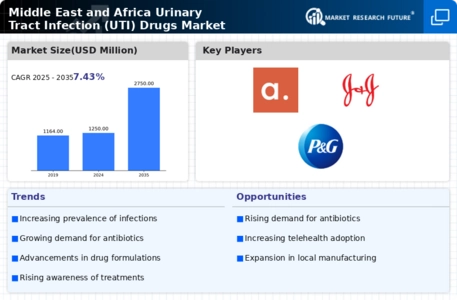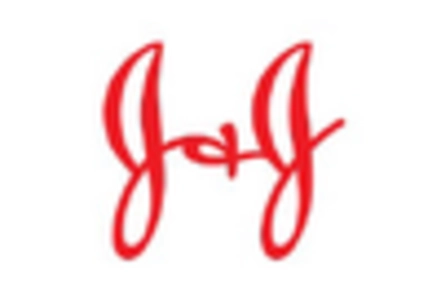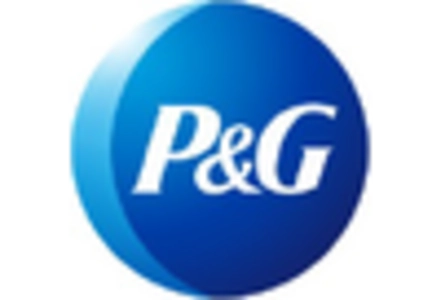Market Analysis
In-depth Analysis of MEA UTI Drugs Market Industry Landscape
The urinary tract infection (UTI) drugs market dynamics in the Middle East and Africa (MEA) region are complex interactions that shape the supply, demand, and overall patterns within the pharmaceutical industry. UTIs are common infectious diseases caused by bacteria attacking any part of the urinary system; hence, they affect a large number of people and have distinct dynamics in MEA.
One important factor that determines the MEA UTI drugs market is its demographic profile. MEA has a diverse population with different healthcare needs and access to medical services. The demand for UTI drugs is influenced by such factors as population increase, urbanization and prevalence of risk factors such as diabetes and poor sanitation. As populations grow older and countries improve their health systems, there will be need for improved drug regimen for treating UTIs.
Pharmaceutical innovation and research are also significant determinants of the societal trend for UTI treatment in the region. Thus there is continuing need to develop new medicines having better efficacy profiles with reduced side effects on patients. In this case collaborations between local companies with international ones as well as investments in research act among other forces determining what brands of UTI medication one can get from pharmacy shelves.
Further still, regulation frameworks in addition to healthcare policies within MEA play a major role when it comes to determination on accessibility plus affordability towards Urinary Tract Disease drugs. Strict regulatory guidelines including approval conditions impact on entrance of newer drugs into markets while governments’ healthcare expenditure policies change on patient access mechanisms. To balance between regulation and speedy access to effective medicine is an important issue stakeholders must consider about MEA’s market regarding its dynamics of UTI medicines.
Economic conditions such as general economic development progress within MEA countries also shape these market trends besides others described above. Economic stability together with growth affects healthcare spending levels, price sensitivity among sick individuals or those at high risk groups like children under 5 years old, low earning populations and pharmaceutical companies’ abilities to innovate. Economic fluctuations directly affect the cost of UTI drugs and in turn influence customers’ perception on them, thus determining the overall demand and supply aspects that exist within markets.
The competitive landscape is a key component of MEA UTI drug market dynamics. The region has become a battle ground for both local and international pharmaceutical producers. Market players adopt strategies such as product differentiation, strategic partnerships, and marketing initiatives to remain ahead of others. They are also characterized by mergers and acquisitions that contribute to the structure in the industry thereby influencing availability of various options for those with Urinary Tract Infection.
Public awareness campaigns can influence the demand for UTI drugs in MEA through public education campaigns. This is done through awareness creation on preventive measures, signs, symptoms plus available treatment options which equip people with information enabling them to seek medication from professional medical practitioners without any delay. Additionally, they further determine how medical staff prescribe medications as well as guide patients towards certain decisions which may be essential while trying to influence the urinary tract infection (UTI) drugs market trends.”














Leave a Comment